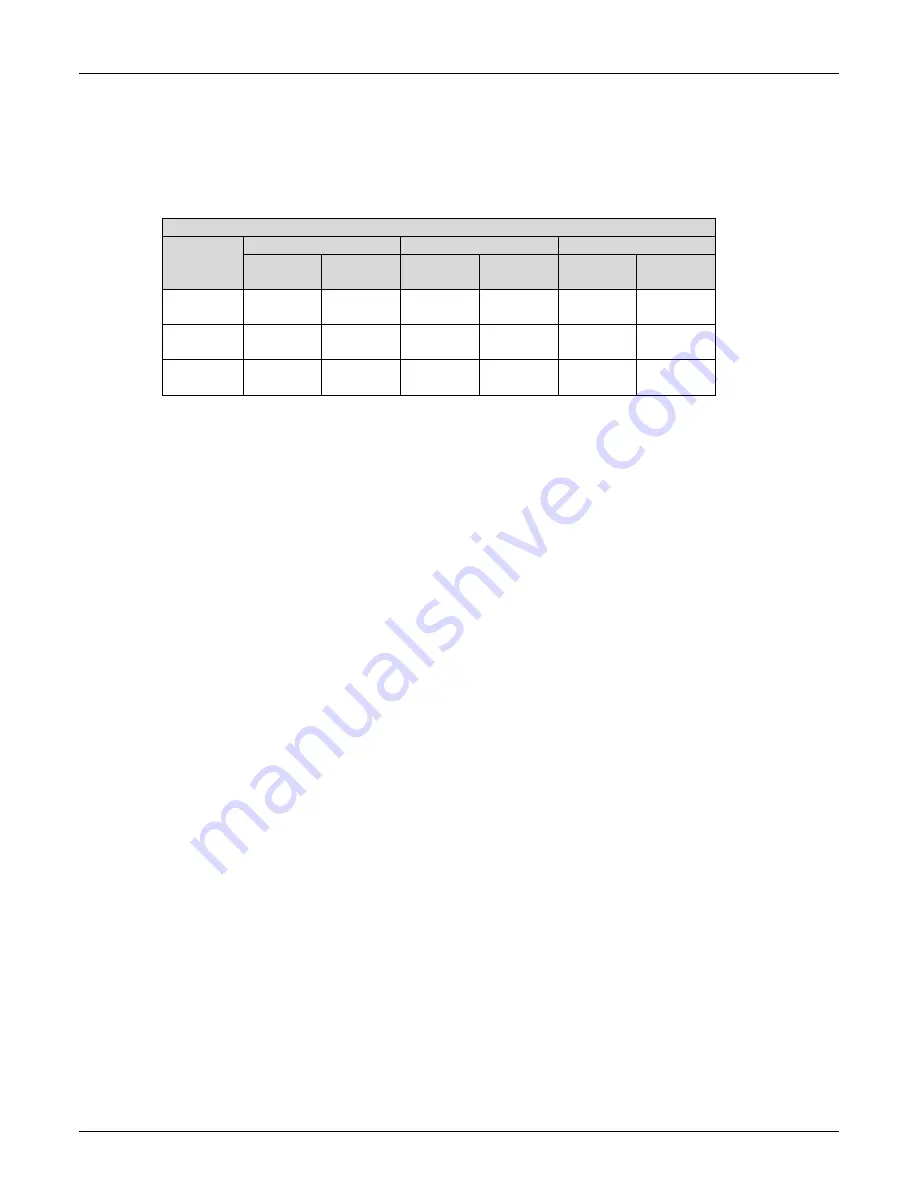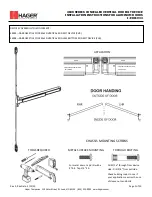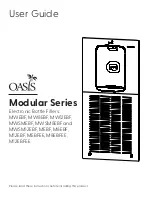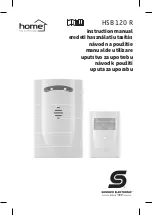
Spirit II User’s Manual
Section 6: Maintenance &Troubleshooting
This information is subject to the controls of the Export Administration Regulations [EAR]. This information shall not be provided to
non-U.S. persons or transferred by any means to any location outside the United States contrary to the requirements of the EAR.
6-13
9. With a start signal applied, check for the proper DC voltage (refer to TABLE 1) at the
output terminal block between Electrode and Work, which is located on the left side
of the unit.
If the proper DC voltage is present, the chopper is working properly.
TABLE 1
Chopper 1
Chopper 2
Chopper 3
3 Phase
AC
OCV
(DC)
3 Phase
AC
OCV
(DC)
3 Phase
AC
OCV
(DC)
Spirit II
400 Amp
255
370
255
370
255
370
Spirit II
275 Amp
225
325
225
325
N/A
N/A
Spirit II
150 Amp
208
300
N/A
N/A
N/A
N/A
10. If the proper DC voltage is not present at the output terminal block, check the 200
amp fuse F9 (chopper 1), fuse F10 (chopper 2) or fuse F11 (chopper 3) located on
the bottom right of the output bus bars.
If the fuse is open, replace chopper and fuse.
11. If the fuse(s) is good, check if the chopper PWM LED illuminates when a start signal
is applied:
a) check D24 on the DSP PCB – If D24 doesn’t illuminate, replace DSP PCB.
b) check D2 on the chopper PCB – If D2 doesn’t illuminate green, go to step 12.
12. Check PCB power to the chopper from the DSP:
a) Push the OFF Button.
b) Disconnect the J1 plug from the chopper PCB.
c) Leave the OFF Button pushed in.
d) With a digital voltmeter, measure the following voltages on the J1 plug:
J1-5 (ground) to J1-1
+15vdc Supply
J1-5 (ground) to J1-2
+5vdc Supply
J1-5 (ground) to J1-3
+5vdc (PWM Signal)
If ALL of the voltages are present, replace chopper. If any of the voltages are not
present, go to step 13:















































